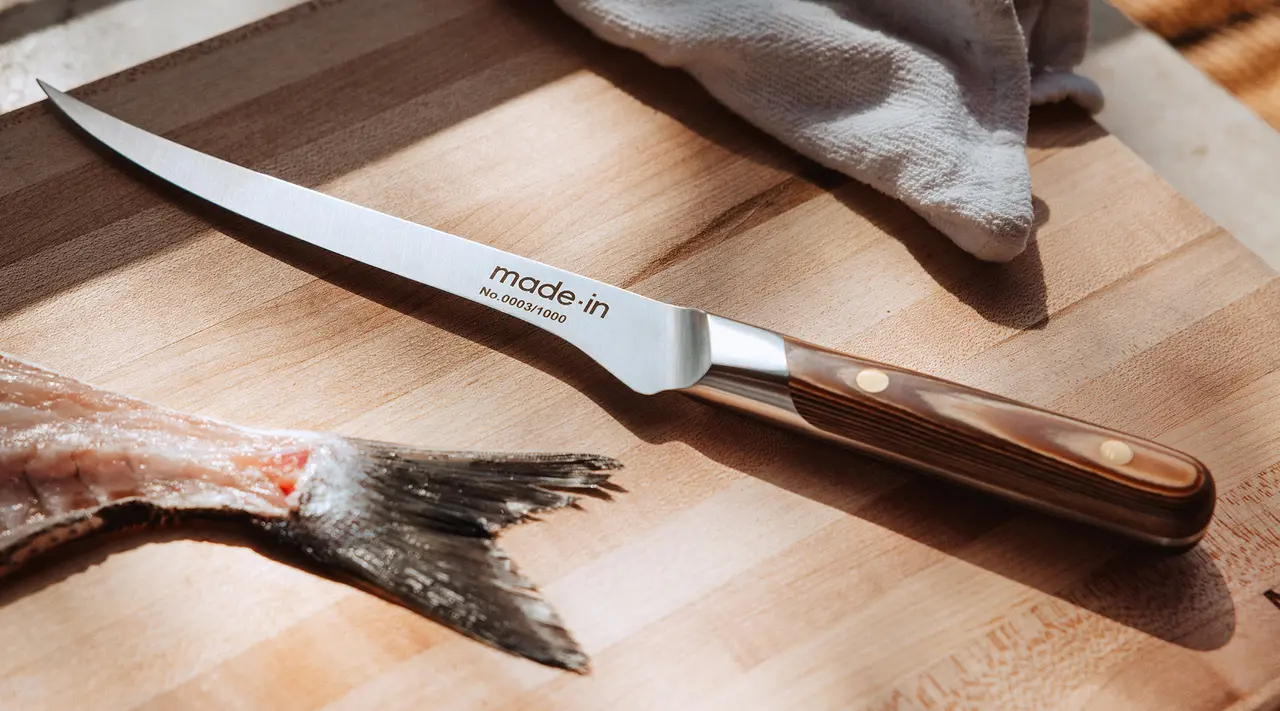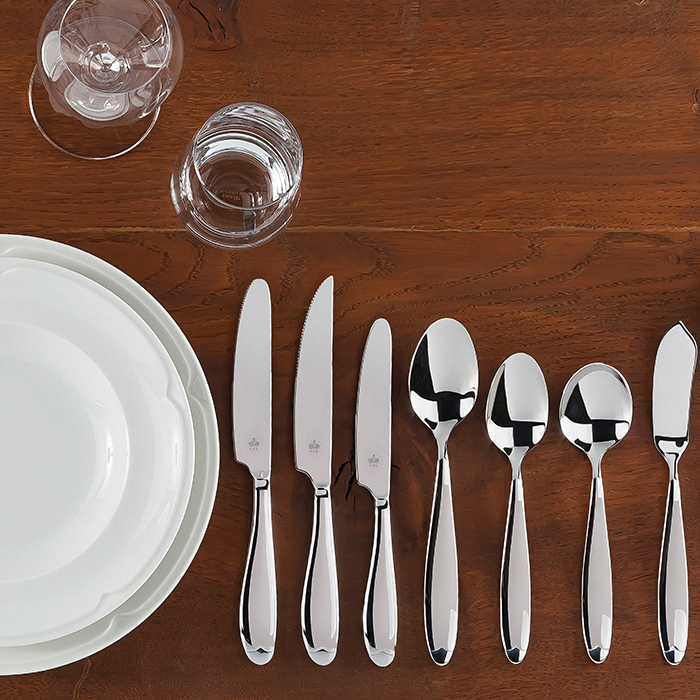What makes a fish knife high quality?
The Ultimate Guide to Preserving Your Fish Knife for Long Life and Performance
Keeping a fish knife is important for guaranteeing its longevity and optimal performance. Correct treatment entails a series of steps, including cleansing, developing, and storage space. Each phase contributes to the knife's efficiency throughout use. Understanding these techniques can make a considerable distinction in the life expectancy of this essential tool. Nevertheless, many users ignore crucial aspects of upkeep that can bring about wear and tear. What are these often-forgotten steps?
Selecting the Right Fish Knife for Your Requirements
When choosing the optimal fish knife, what secret features should one think about? The blade's adaptability is vital, permitting accuracy while filleting numerous fish types (fish knife). A slim, narrow blade commonly boosts ability to move, making it easier to browse around bones and skin. The product of the blade also plays a crucial role; stainless steel uses durability and rust resistance, vital for regular exposure to water
Furthermore, the take care of's design should not be forgotten. It ought to offer a comfy hold, preferably including non-slip materials that make certain security during use. The knife's size is an additional aspect; shorter blades can provide much better control, while longer blades may be useful for larger fish. Weight is essential; a well-balanced knife permits for extended use without tiredness. By very carefully considering these attributes, one can choose a fish knife that satisfies specific requirements for reliable fish preparation.
Appropriate Cleansing Techniques After Each Use
Proper cleansing techniques after each usage are crucial for maintaining the long life and efficiency of a fish knife. Immediately after filleting fish, it is important to wash the knife under cozy water to get rid of ranges, scum, and any residual fish juices. Using a soft sponge or cloth, the customer needs to gently scrub the blade and deal with, paying special focus to any kind of holes where particles might build up. Stay clear of making use of abrasive products that can damage the blade's surface. After washing, the knife must be extensively dried with a tidy towel to prevent moisture-related damage. Using a food-safe mineral oil regularly can aid preserve its integrity if the knife has a wood manage. Saving the knife in a designated sheath or magnetic strip can additionally safeguard it from accidental damage and guarantee it remains clean and prepared for future usage. Consistent adherence to these cleaning methods will boost the knife's life expectancy and effectiveness.
Developing Your Fish Knife: Approaches and tools
Developing a fish knife is an important process that improves its efficiency and guarantees tidy cuts while filleting. To accomplish ideal intensity, a number of tools can be utilized. A whetstone is thought about among the most reliable approaches, permitting accurate control over the sharpening angle. Customers must wet the stone and maintain a regular 20-degree angle while sliding the blade across its surface.
A developing rod can be utilized for routine maintenance, realigning the blade's side without getting rid of product. For benefit, electrical sharpeners supply a fast option, though they may not supply the exact same level of skill as hand-operated techniques.
Despite the chosen method, it is important to complete with a leather strop to brighten the side, guaranteeing a sharp coating. Regular sharpening not just lengthens the life of the fish knife but additionally boosts the total performance of the filleting procedure.
Storing Your Fish Knife for Optimal Defense
After honing a fish knife, focus should turn to its storage to maintain the blade's integrity and performance. Correct storage space is necessary for preventing dulling, corrosion, and damage. Ideally, a fish knife must be kept in a protective sheath or knife roll, which shields the blade from call with environmental aspects and various other tools (fish knife). Magnetic strips can also work, permitting check here accessible and secure storage while maintaining the blade safe and secure

Regular Maintenance Routines to Comply With
A constant maintenance regimen is vital for protecting the capability and appearance of a fish knife. Routine cleansing after each usage is important; rinsing the blade with cozy water and moderate soap eliminates any residue. It is a good idea to dry the knife completely to stop rust. Periodically, a light application of food-safe mineral oil can aid secure the blade and maintain its luster.

Storing the fish knife in a protective situation or sheath avoids accidental damage and keeps it ready for usage. Following these maintenance regimens will substantially enhance the longevity and performance of the fish knife.
Frequently Asked Inquiries
Can I Use My Fish Knife for Various Other Kinds Of Fish?
Yes, a fish knife can be used for various other kinds of fish. The efficiency might vary depending on the knife's design and the details fish being processed, influencing efficiency and accuracy during prep work.
What Materials Are Best for a Fish Knife Blade?
Stainless-steel and high-carbon steel are considered the best materials for a fish knife blade. Stainless-steel uses deterioration resistance, while high-carbon steel gives premium sharpness and side retention, necessary for efficient fish prep work.
Exactly how Frequently Should I Change My Fish Knife?
A fish knife must normally be replaced every 3 to five years, depending on usage and maintenance. Normal assessment for signs of wear or damages can likewise help determine the appropriate time for substitute.
Exist Specific Brand Names Understood for High Quality Fish Blades?
Certain brand names, like Wüsthof, Victorinox, and Rapala, are renowned for producing top notch fish knives. These brands are acknowledged for their sturdiness, sharpness, and ergonomic layouts, making them preferred options amongst angling fanatics and experts alike.
Can Temperature Affect My Fish Knife's Efficiency?
Temperature can considerably affect a fish knife's performance. Severe warm might create blade products to warp, while chilly conditions can lead to brittleness. Keeping an optimal temperature is essential for maintaining the knife's functionality and resilience.
The knife's length is another element; shorter blades can offer better control, while longer blades might be beneficial for bigger fish. Immediately after filleting fish, it is crucial to wash the knife under cozy water to remove ranges, sludge, and any residual fish juices. After honing a fish knife, attention must transform to its storage to preserve the blade's stability and efficiency. Ideally, a fish knife should be kept in a protective sheath or knife roll, which guards the blade from contact with other utensils and ecological factors. Yes, a fish knife can be made use of for other types of fish.